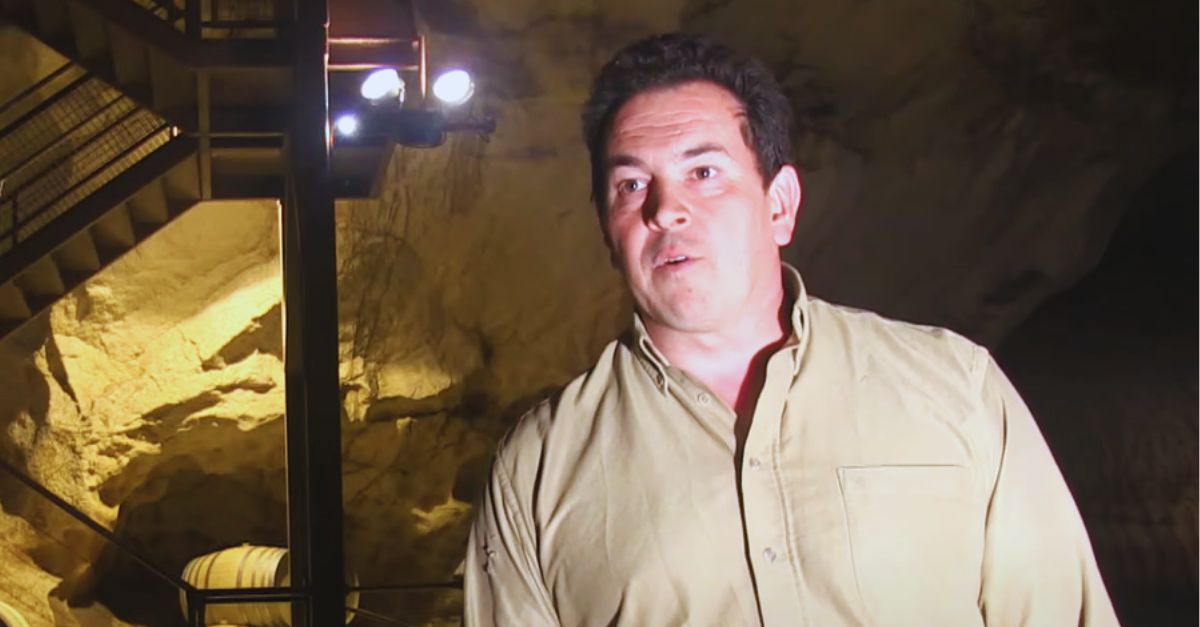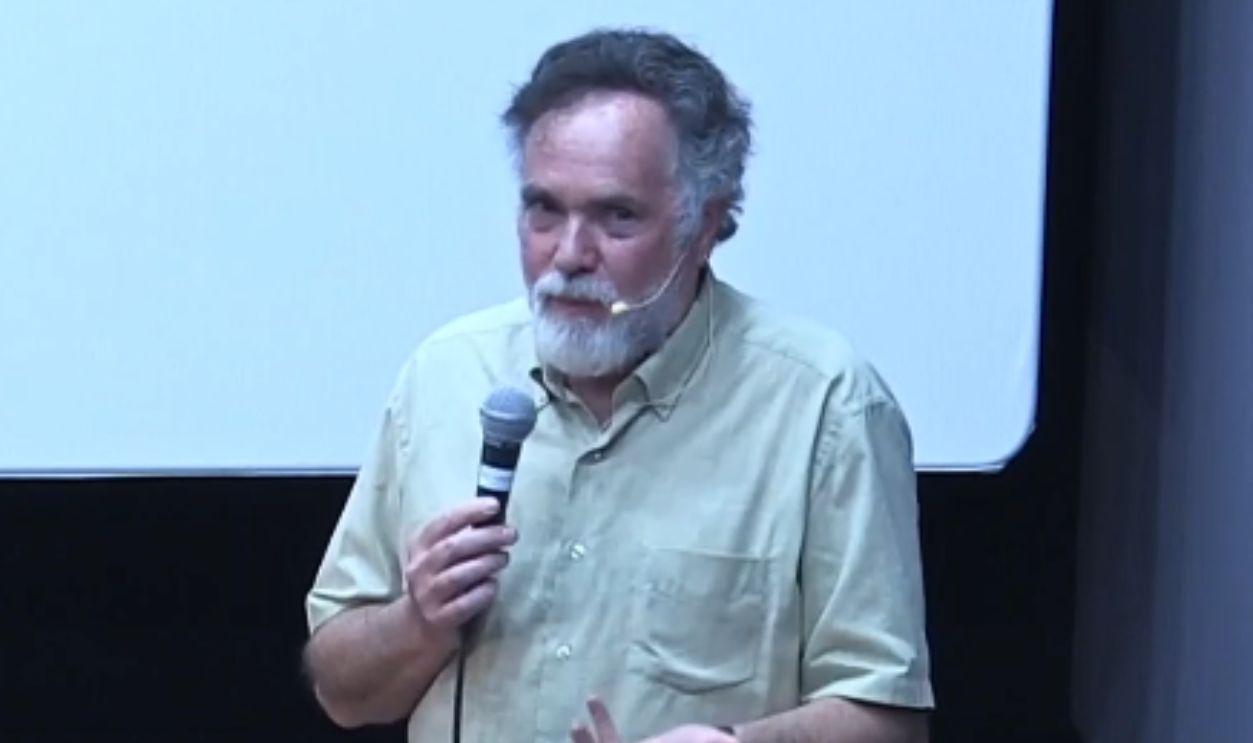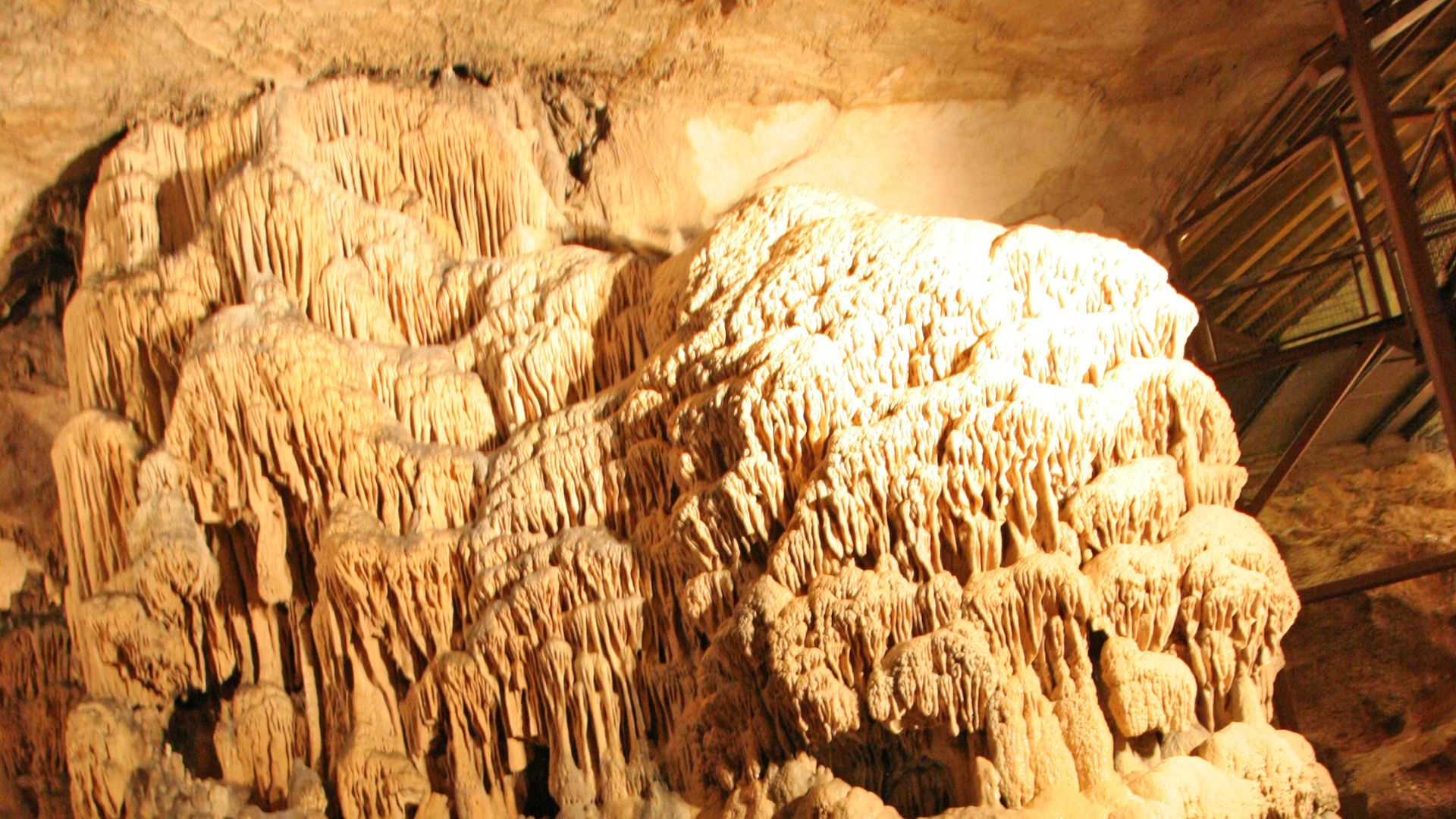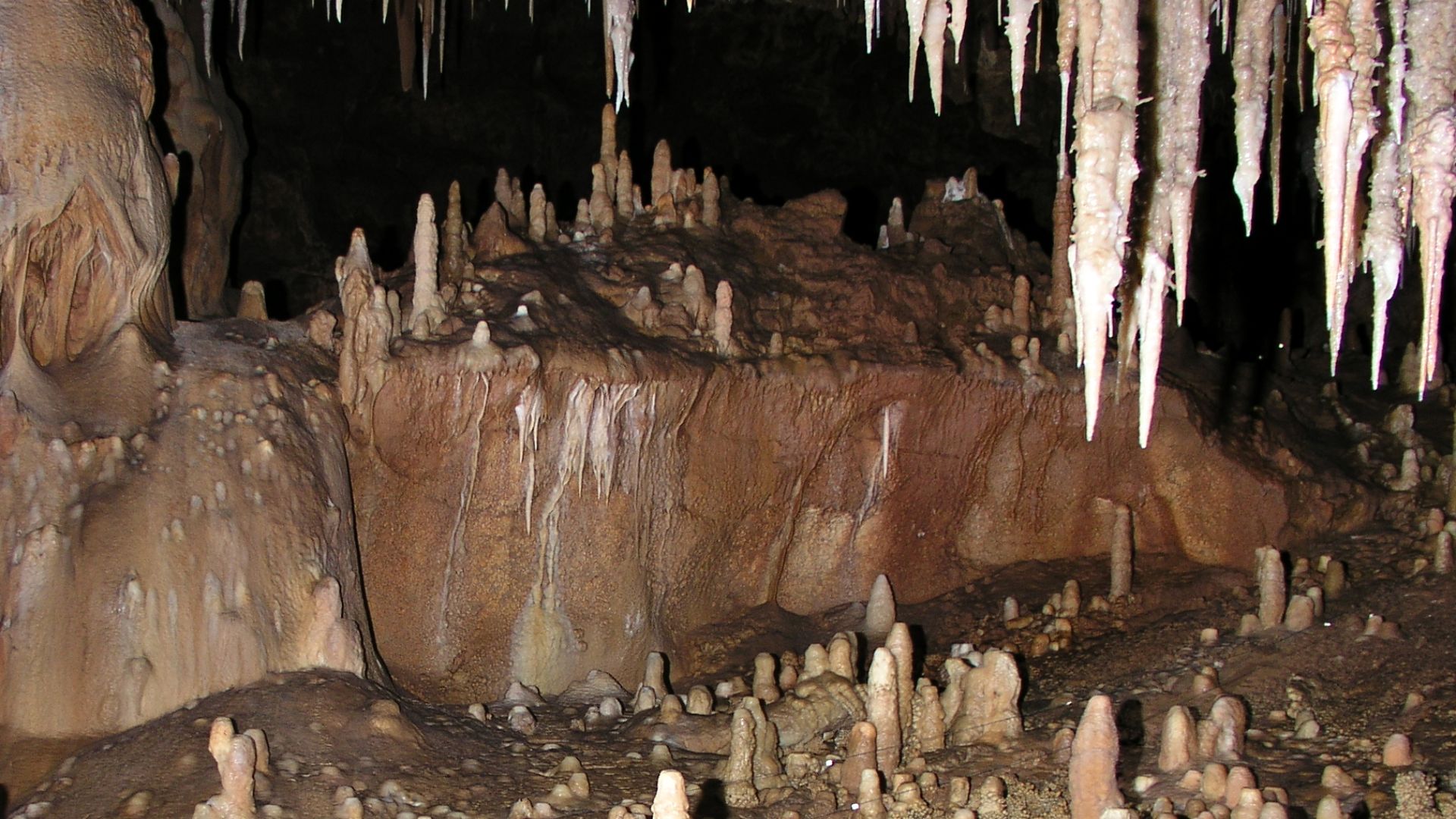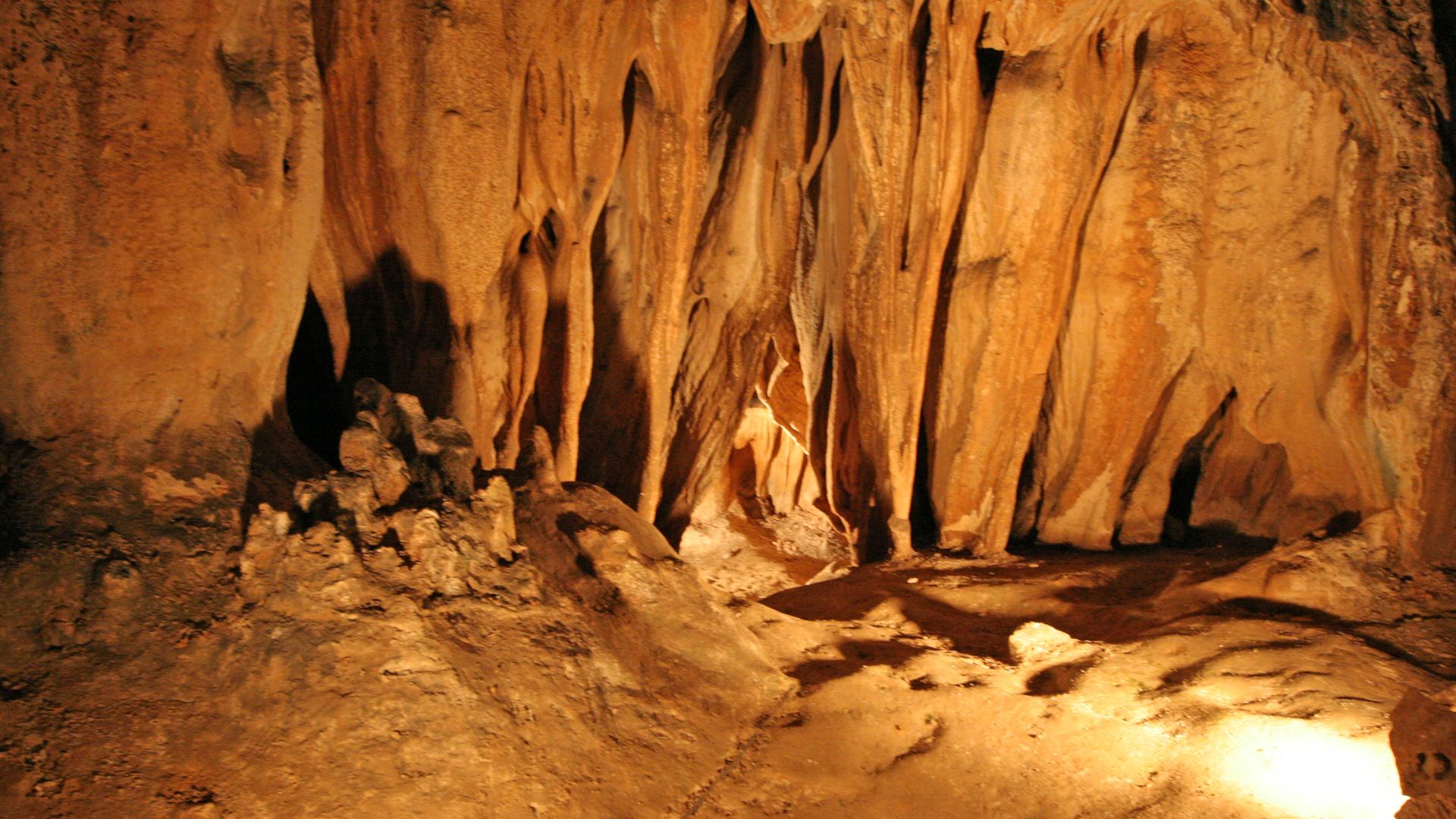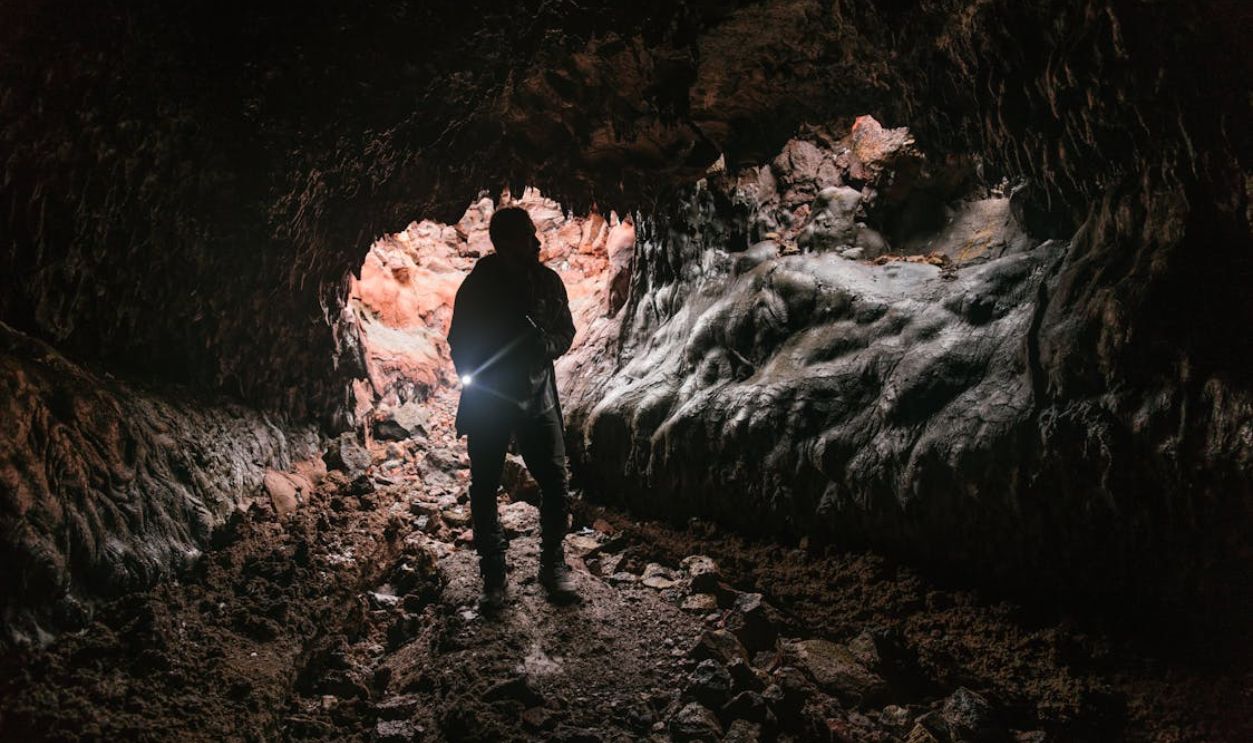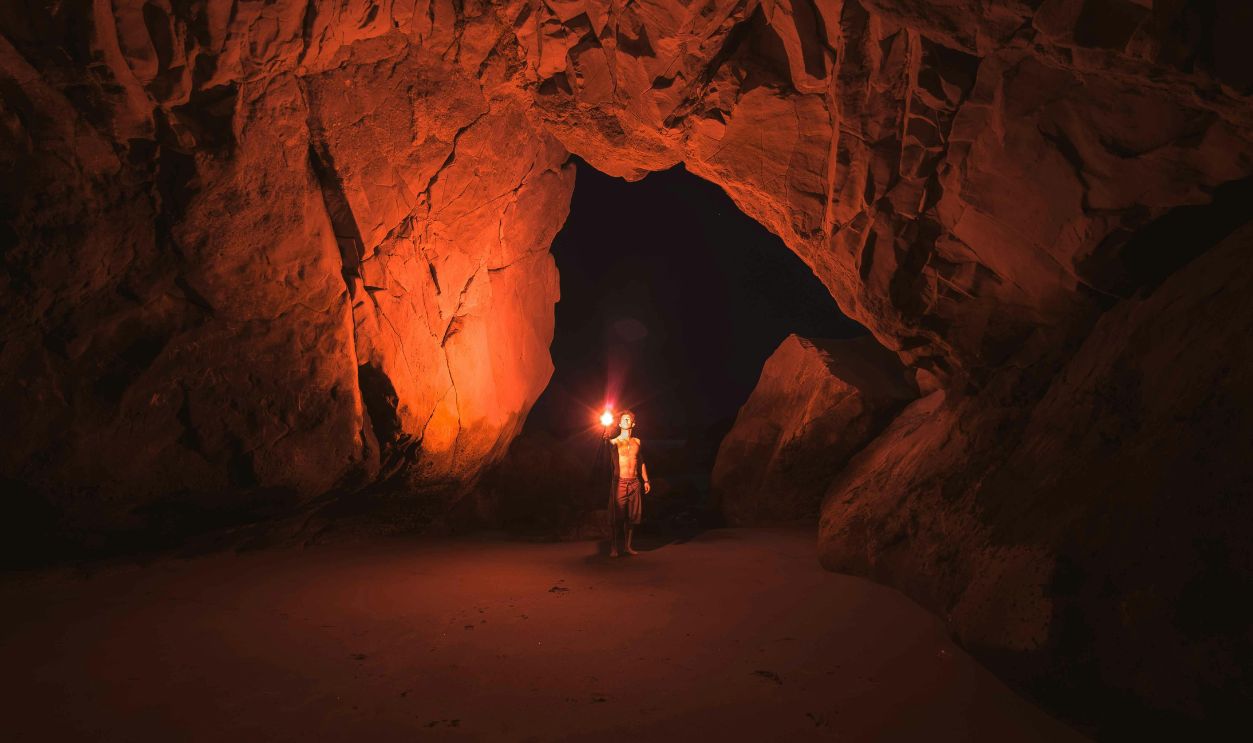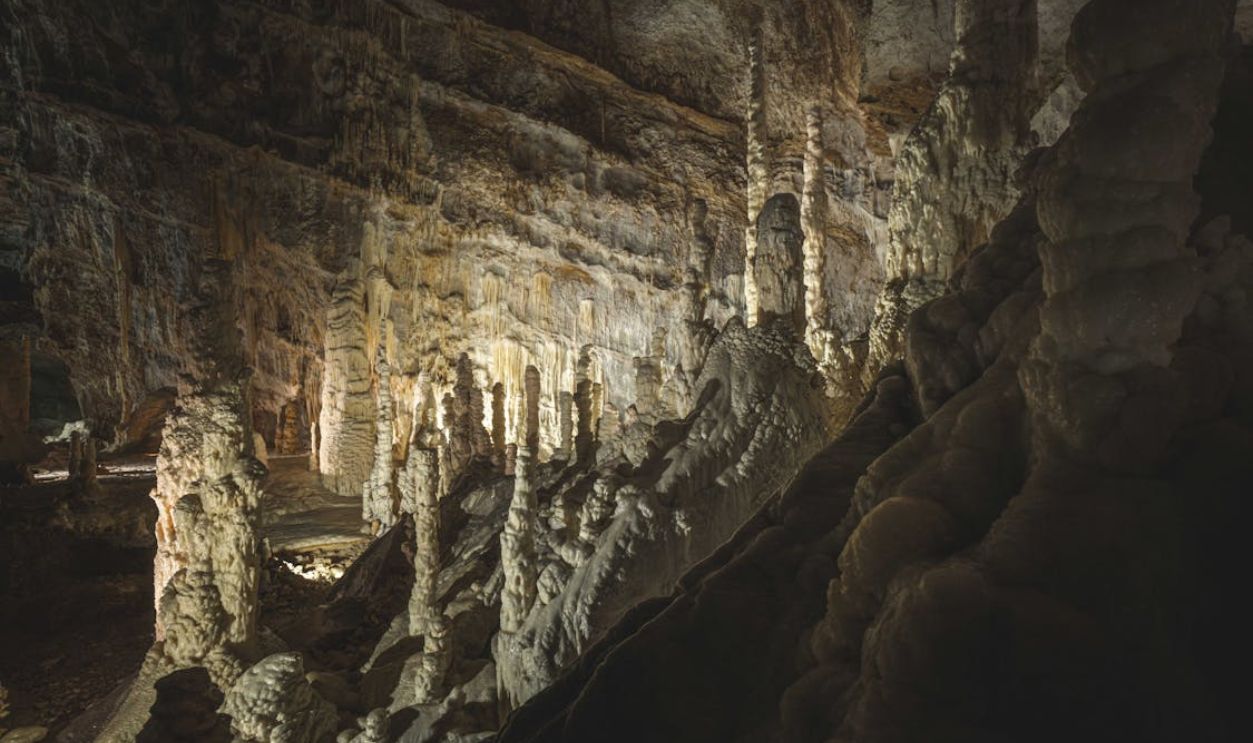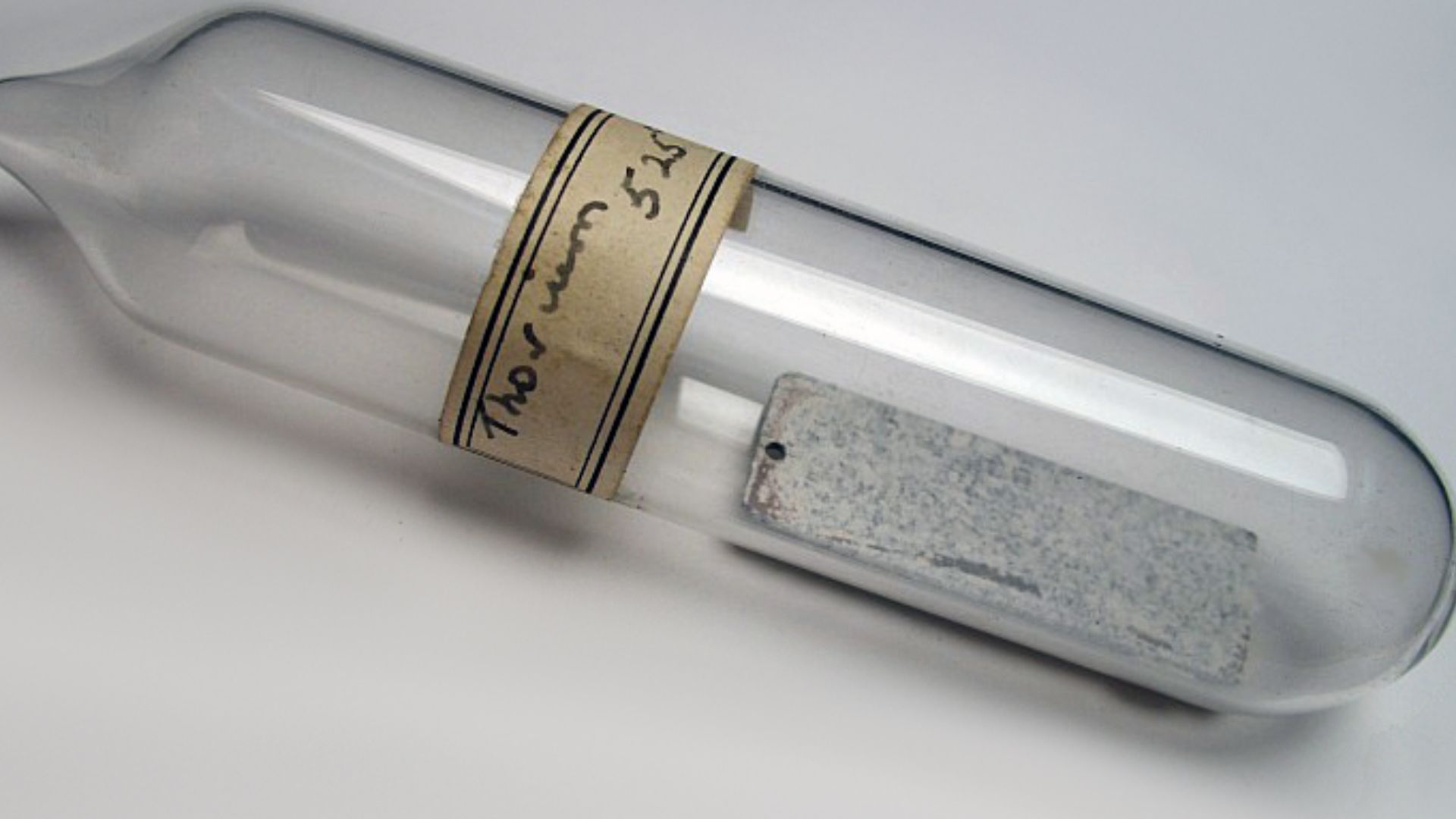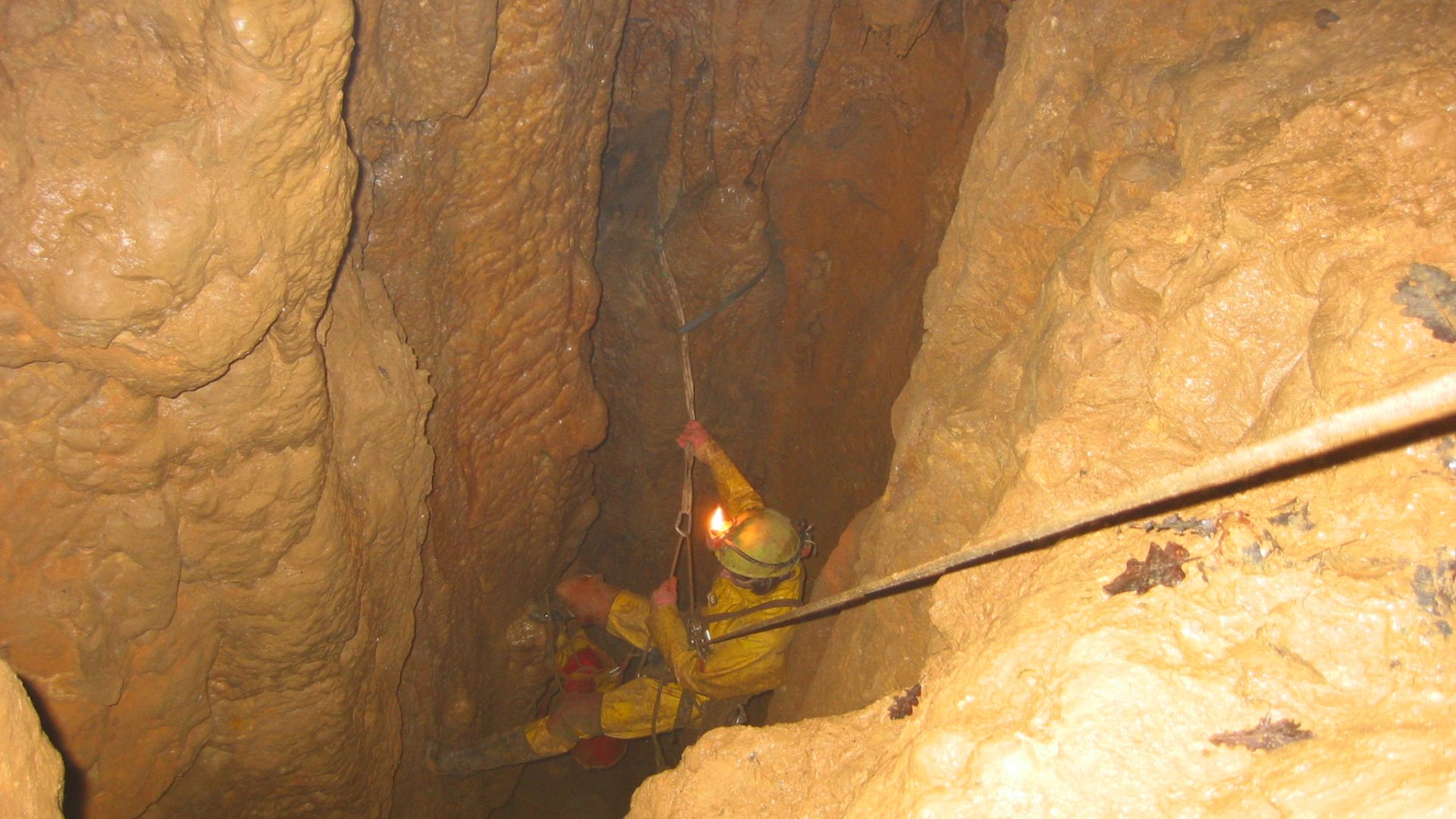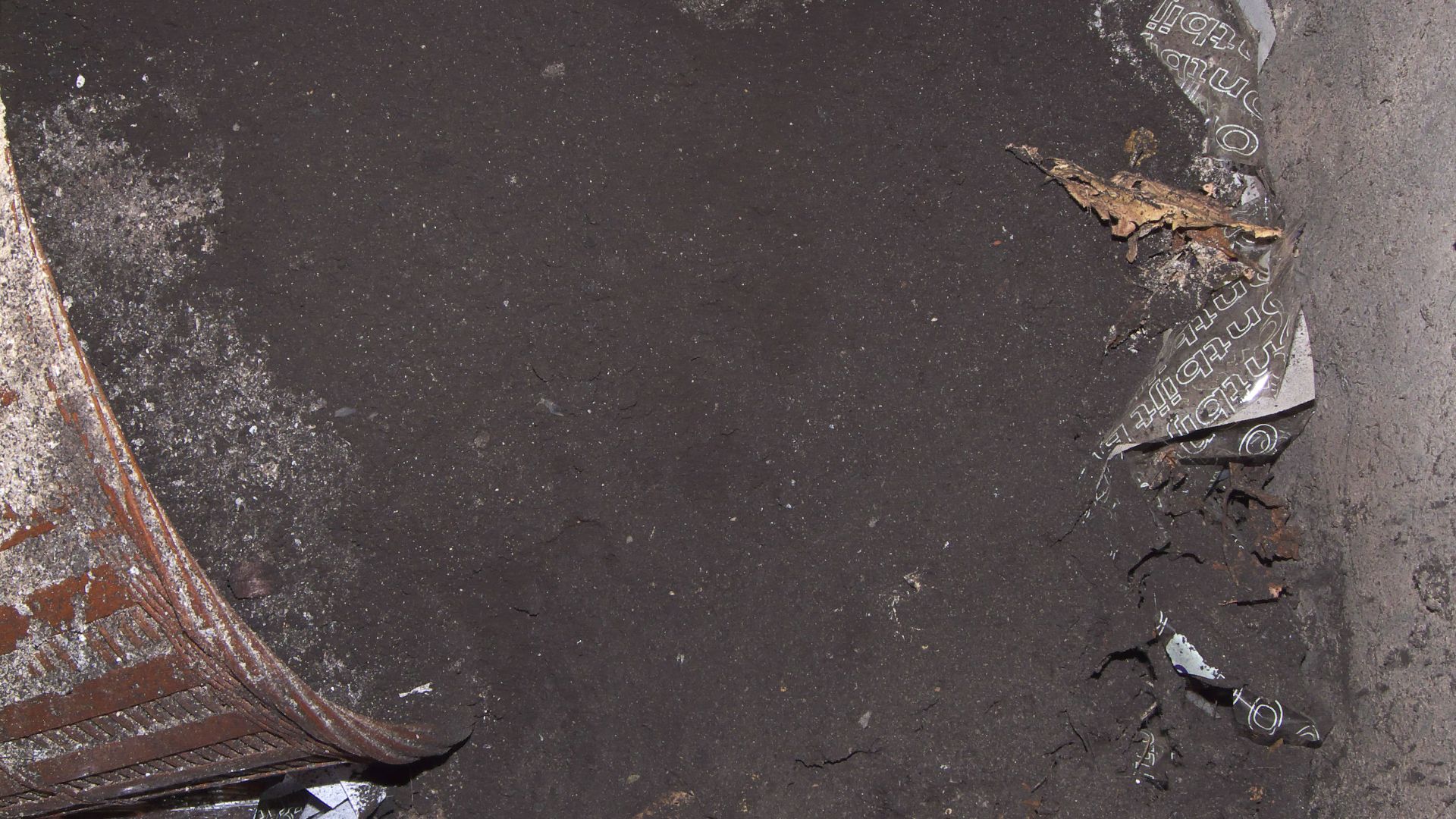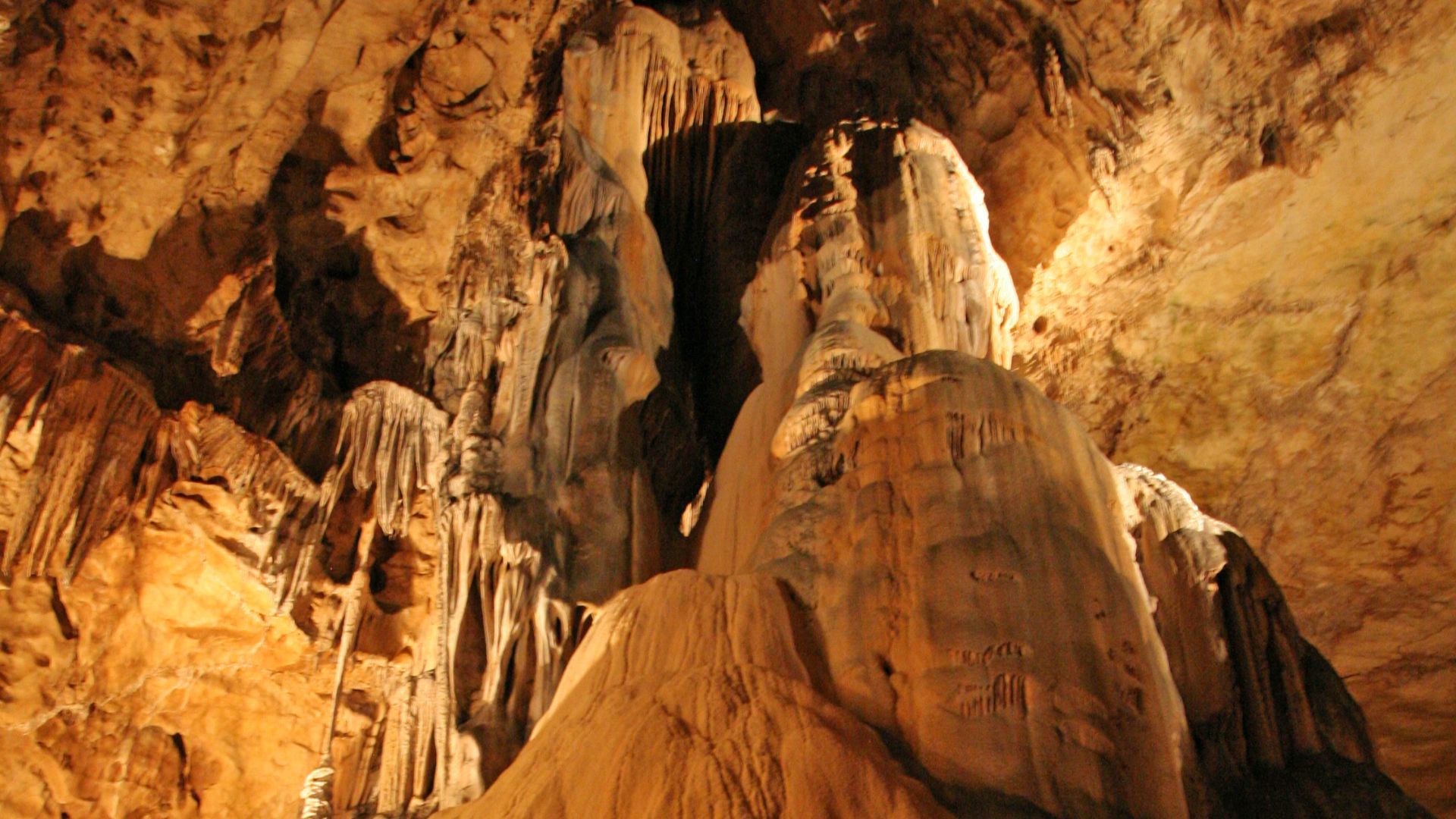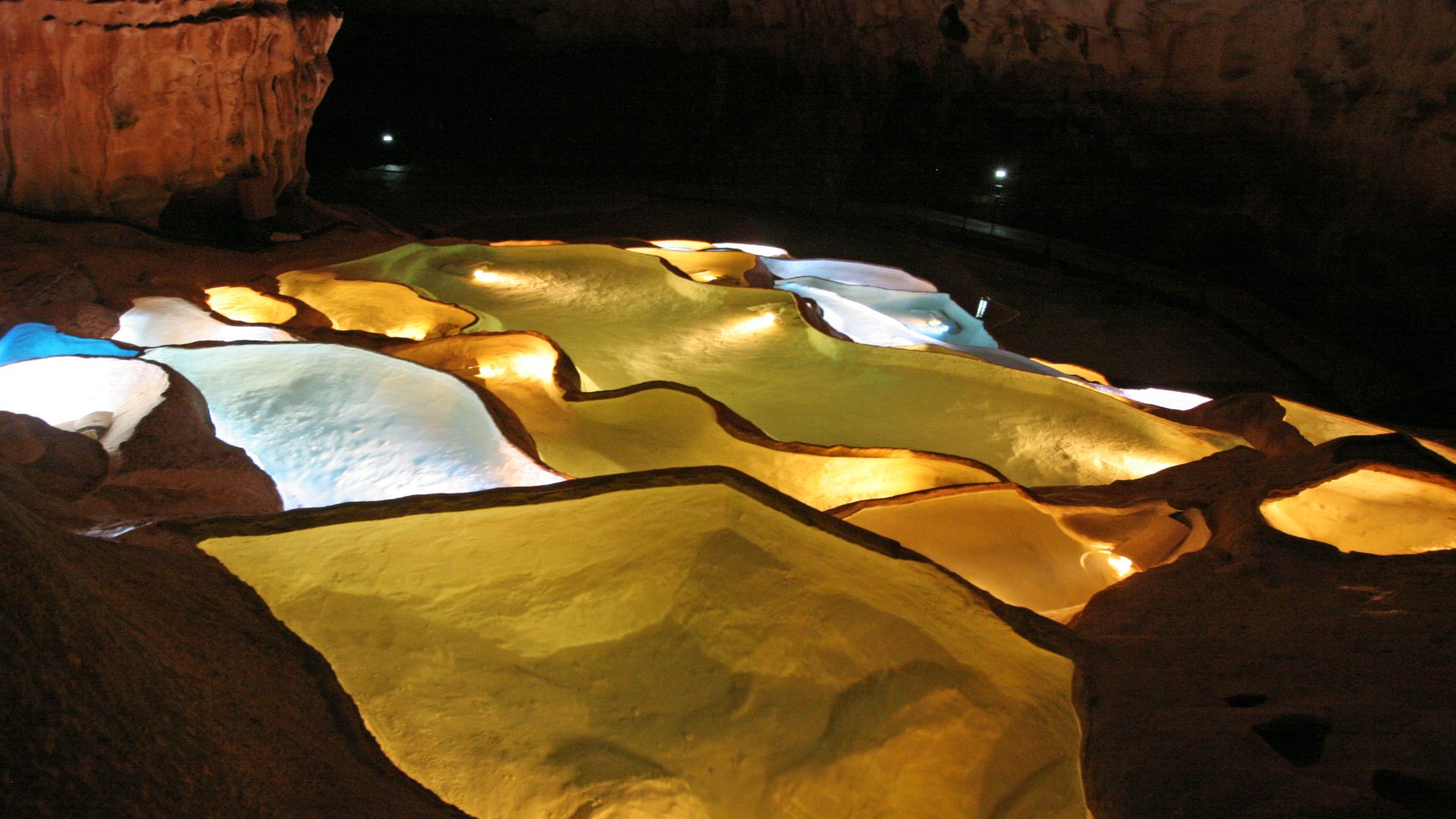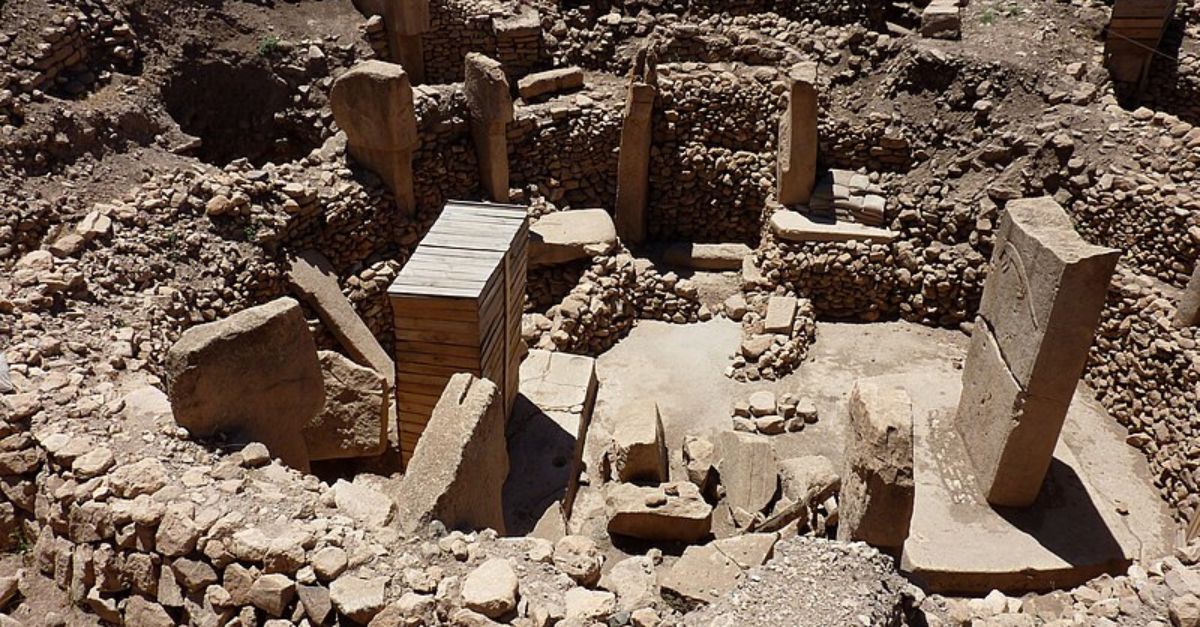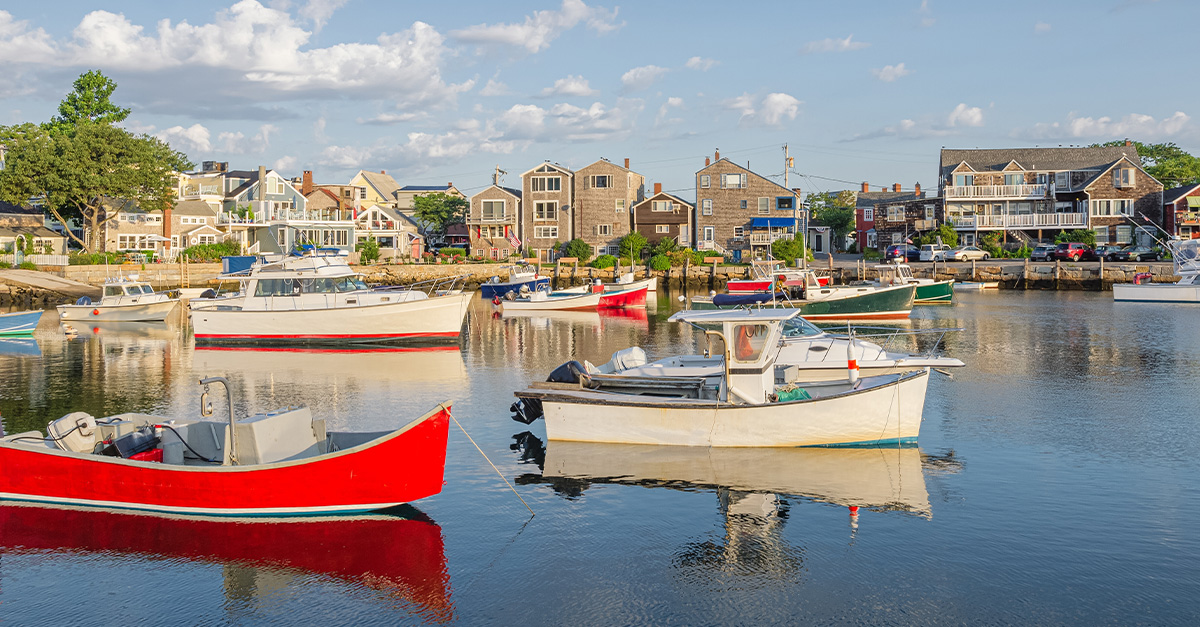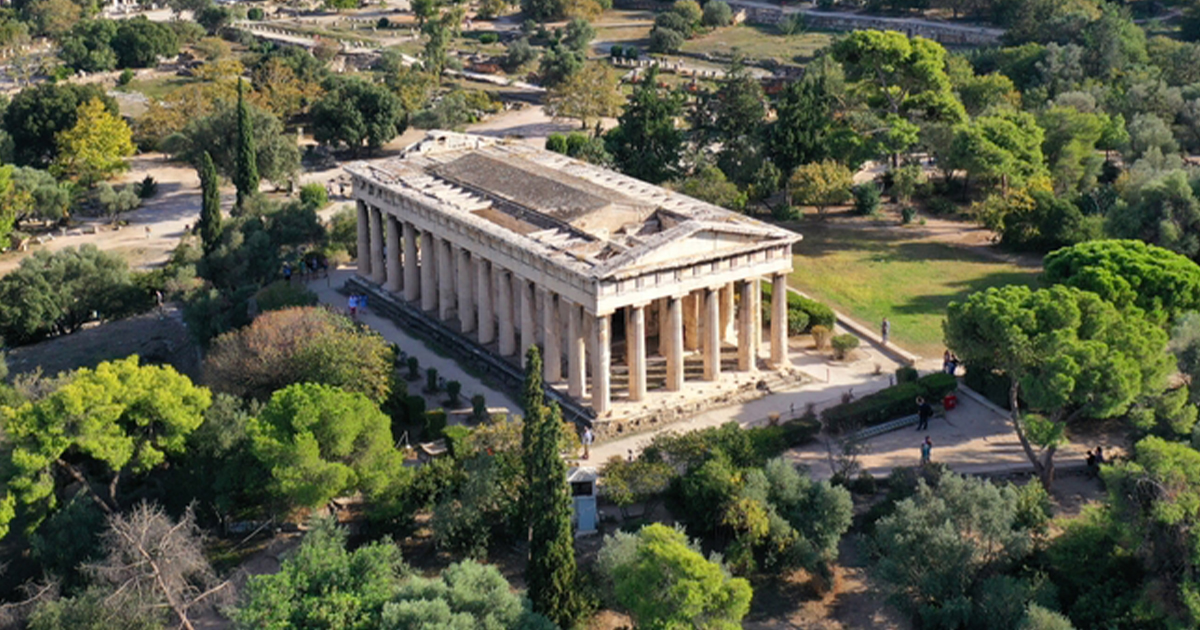Revisiting History
If you could rewind the clock 8,000 years and sneak into a cave in southern France, you might catch someone breaking rocks in total darkness. What were they doing?
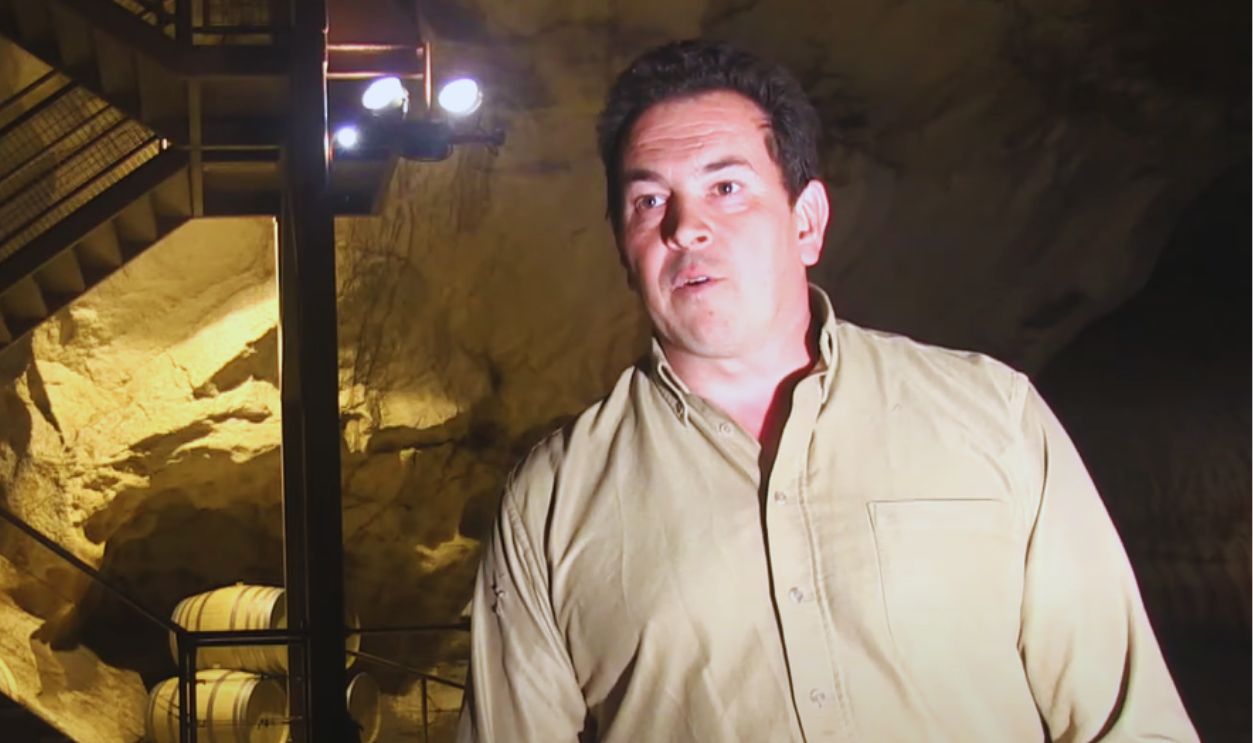
The Lead Researcher And His Expertise
The excavation and study of Saint-Marcel Cave were led by Jean-Jacques Delannoy, a geomorphologist affiliated with the French National Centre for Scientific Research (CNRS). Delannoy specializes in the study of cave formations, geological processes, and human interactions with underground environments. His expertise in archaeo-geomorphology made him uniquely qualified.
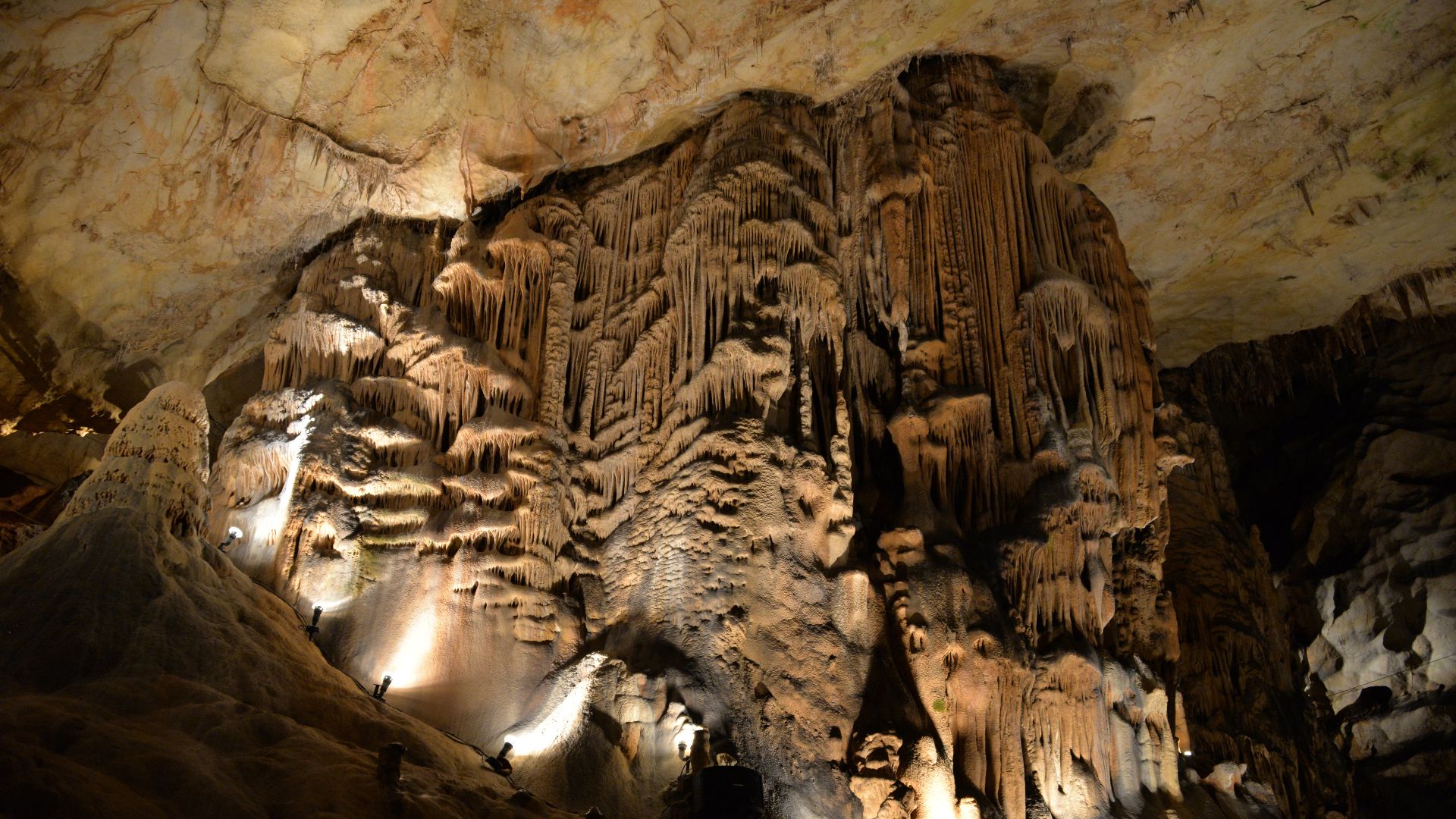 Clement Bardot, Wikimedia Commons
Clement Bardot, Wikimedia Commons
A Team Of Specialists
Delannoy was joined by a multidisciplinary team, including archaeologists, geologists, speleologists, and dating specialists. Among them were Jules Kemper, Stephane Jaillet, Edwige Pons-Branchu, Segolene Vandevelde, Arnaud Dapoigny, and Delphine Dupuy, all of whom contributed expertise in prehistoric human behavior.
Researchers Knew It Was Huge; They Just Did Not Know How Huge
Archaeologists studying Saint-Marcel Cave in France already knew it was among the most extensive cave systems in the country. Stretching approximately 40 miles underground (although some sources state 35 m), it was a labyrinth of passageways and claustrophobic tunnels. But beyond its impressive scale, the cave had another secret.
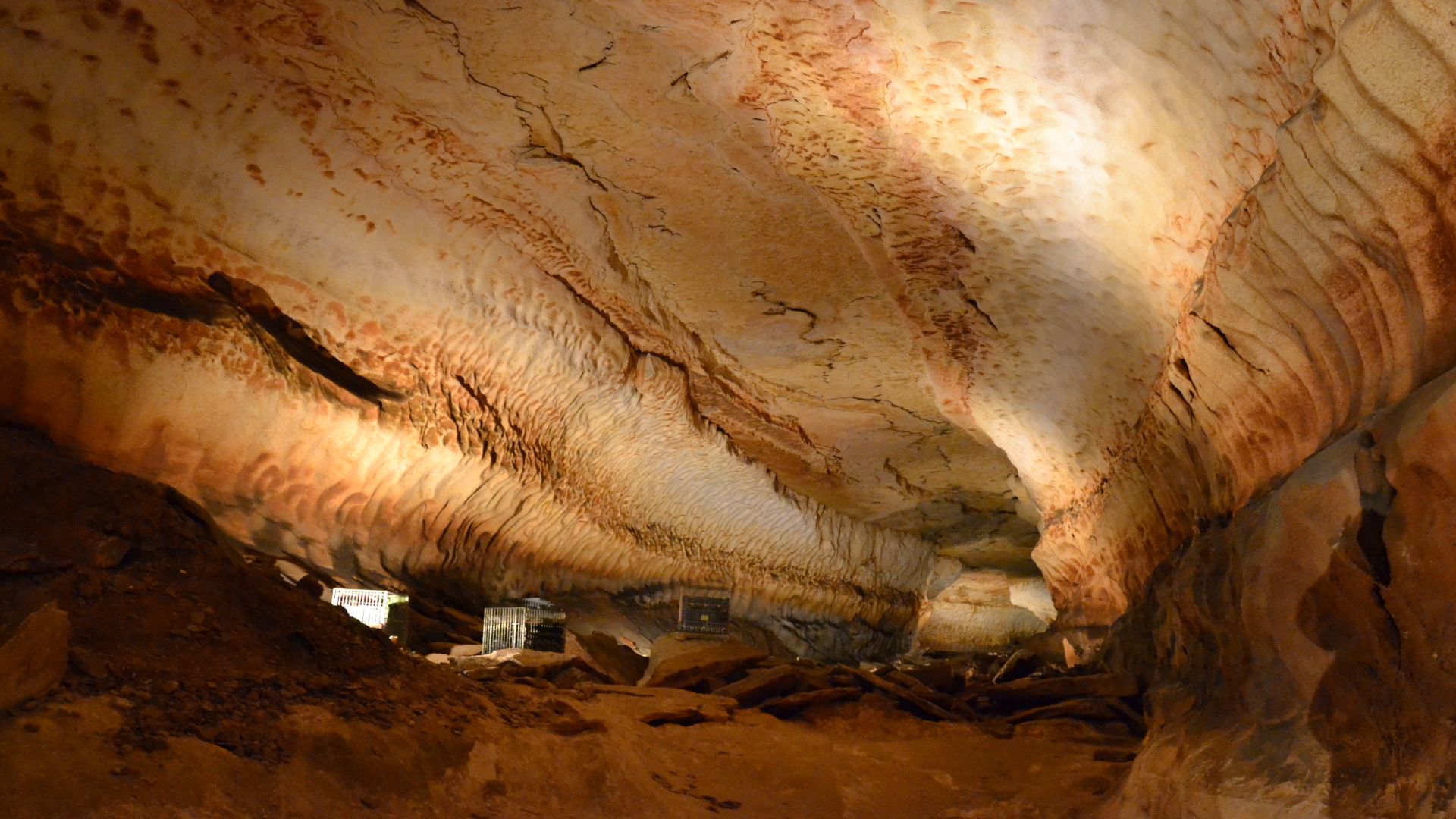 Marianne Casamance, Wikimedia Commons
Marianne Casamance, Wikimedia Commons
It Had Areas Where Ancient Humans Had Apparently Traveled
The territory was long considered inaccessible without modern tools. The sheer depth of their penetration into the cave raised questions about their understanding of navigation, survival, and intention. It was a place they never thought anyone could reach until…
The First Clues Started Showing Up
The first clues appeared in the form of broken speleothems, those mineral formations, such as stalagmites, positioned far beyond where ancient people were thought to have ventured. Initially attributed to modern explorers, the breakages were dated using uranium-thorium dating, and they revealed a shocking timeline.
Signs Of Human Presence Beyond The Entrance
While the entrance of Saint-Marcel Cave has been known to have been occupied by humans for millennia, the fact that these breakages occurred about a mile inside the cave suggests that they were not merely accidental but intentional actions carried out by individuals with a clear purpose.
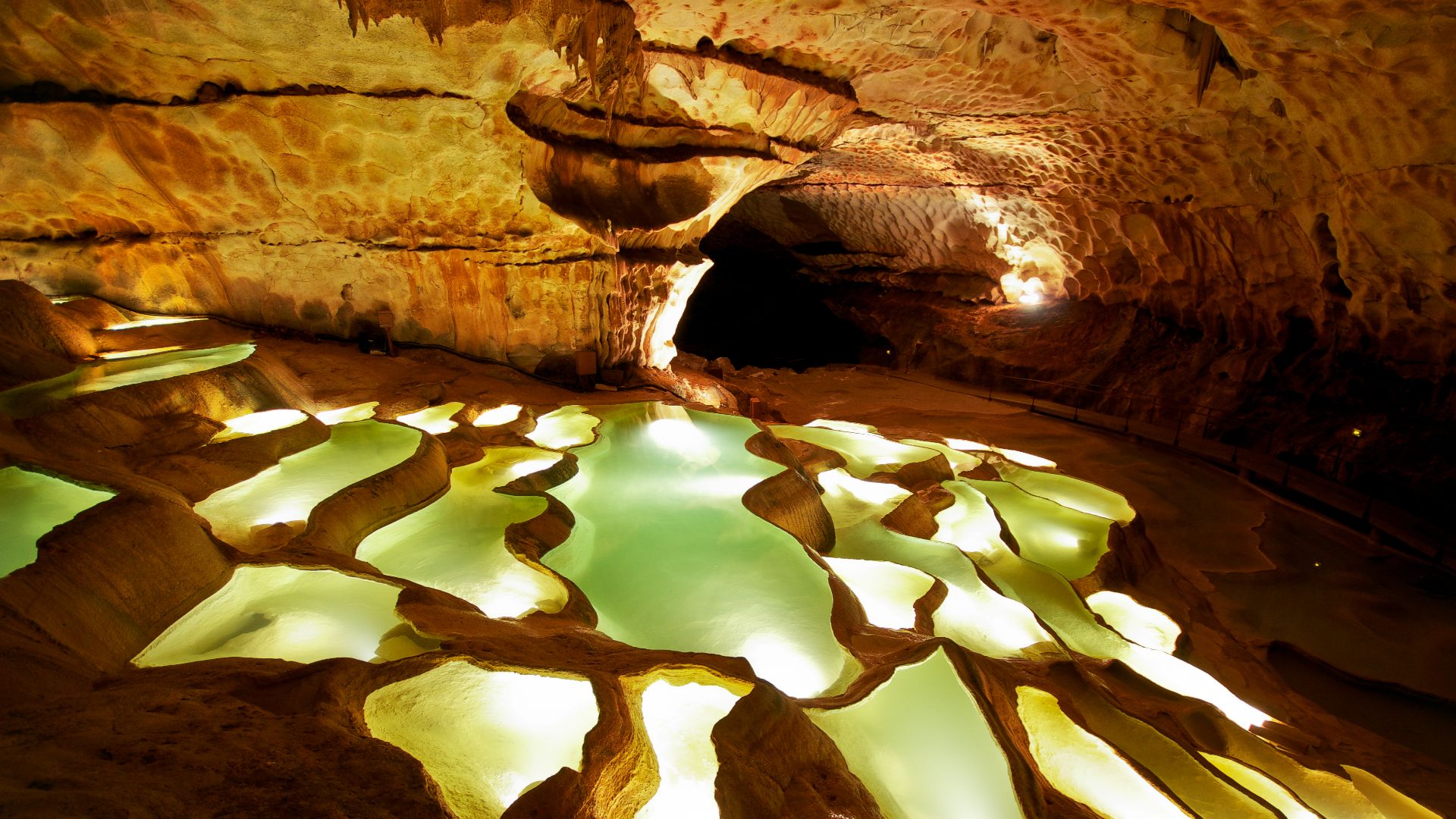 Getfunky Paris, Wikimedia Commons
Getfunky Paris, Wikimedia Commons
It Was A Deliberate Breaking
The idea that ancient humans had broken these formations intentionally was intriguing. It was one thing to suggest accidental damage, but purposeful breakage implied knowledge and intent. Uranium-thorium dating confirmed the deliberate breaking of speleothems.
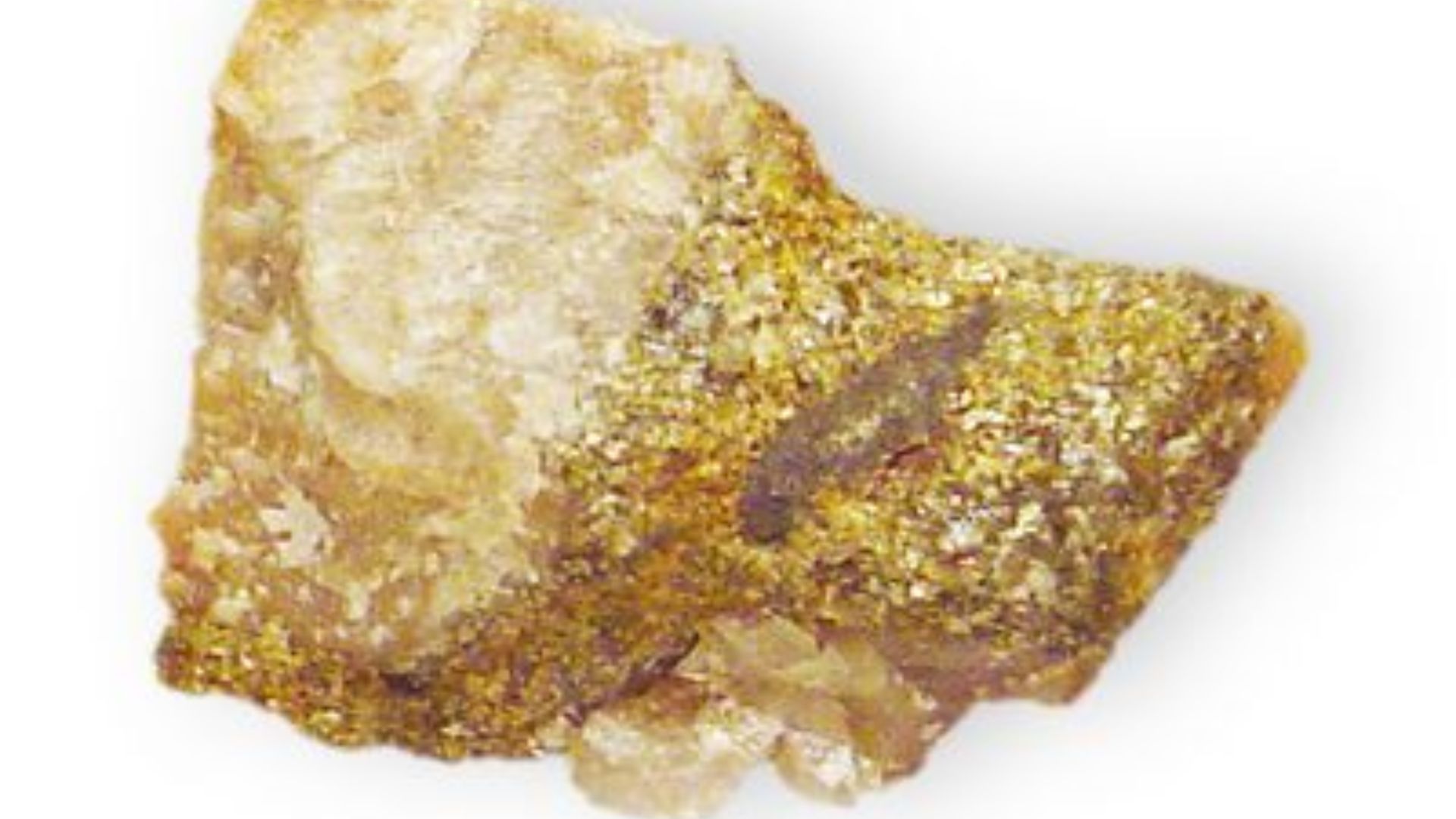 Dave Dyet http://www.shutterstone.com http://www.dyet.com, Wikimedia Commons
Dave Dyet http://www.shutterstone.com http://www.dyet.com, Wikimedia Commons
Timeline Is 8,000 Years Ago
Many of these stalagmites had been deliberately broken between 10,000 and 3,000 years ago, at a time when humanity was supposedly still developing its early settlements. These individuals seemed to know exactly what they were doing, breaking rock for a reason that scientists were still struggling to decipher.
How They Got Here
How did they move through a space so dark that even modern explorers struggle to push through? One theory suggests they mastered primitive lighting techniques, possibly carrying torches or oil lamps that left soot stains deep inside the cave. Evidence in this specific cave isn’t confirmed yet, though.
But We Still Need Proof
If remnants of fire-based lighting, such as soot deposits, are found in Saint-Marcel Cave, they could confirm the use of torches or lamps, but no such evidence has been identified yet. Suppose proven, it would indicate a level of planning and awareness that prehistoric humans weren’t traditionally credited for.
A Carefully Arranged Structure
As researchers examined the broken speleothems more closely, they noticed something that some had been deliberately arranged into a structure. The arrangement consisted of 69 stalagmite pieces and stumps positioned in a manner that suggested symbolic or ritualistic significance.
Dating The Evidence
To determine the age of these formations, scientists used uranium-thorium dating, a method that measures the decay of uranium into thorium to establish a timeline. The results confirmed that the breakages occurred between 3,000 and 10,000 years ago, with the structured arrangement dating back approximately 8,000 years.
The Challenge Of Deep Cave Exploration
The reason this is a head-scratcher is that even today, moving in these depths is daunting. The cave system is riddled with hazardous pits, narrow passageways, and sudden drops, making it difficult for modern explorers equipped with advanced lighting and safety gear. Yet, prehistoric humans managed to traverse.
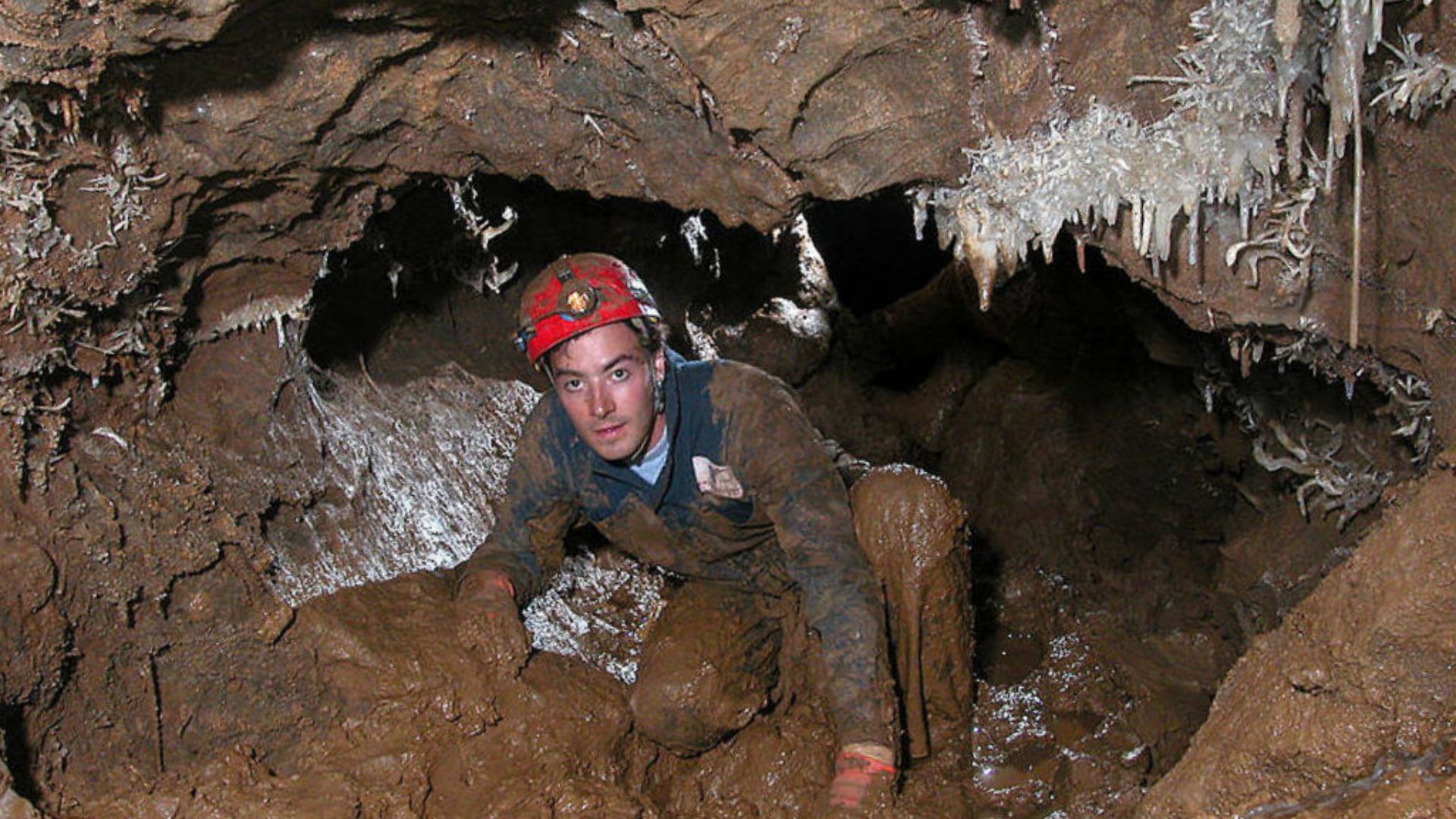 Original uploader was Dave Bunnell at en.wikipedia, Wikimedia Commons
Original uploader was Dave Bunnell at en.wikipedia, Wikimedia Commons
How Did They Overcome These Obstacles?
Researchers propose that ancient explorers may have used tools such as wooden poles or leveraged natural formations, although no direct evidence of such tools has been found in Saint-Marcel Cave. The deliberate arrangement of broken speleothems suggests some organization.
The Role Of Fire And Lighting
Without a reliable source of illumination, it’s impossible to move through the cave. Some caves have been found to contain soot deposits, which could indicate the use of fire-based lighting systems. If similar evidence is discovered in Saint-Marcel Cave, it would confirm that they used oil lamps or torches.
Alternative Movement Methods
Beyond lighting, some experts hypothesize using sound echoes. This technique, known as echolocation, is commonly used by bats and certain marine animals to move through environments with limited visibility. By clapping, stomping, cooing, or using simple vocalizations, they could have listened for the way sound bounced off cave walls.
 Mona Hassan Abo-Abda, Wikimedia Commons
Mona Hassan Abo-Abda, Wikimedia Commons
Let’s Unpack Some Theories Why They Would Go That Deep
One possibility is that the cave provided protection from extreme weather conditions. The region surrounding Saint-Marcel Cave has experienced climatic fluctuations over thousands of years, including periods of intense cold. Unlike the outside world, where temperatures could drop drastically, deep caves maintain a consistent climate, ideal shelter for survival.
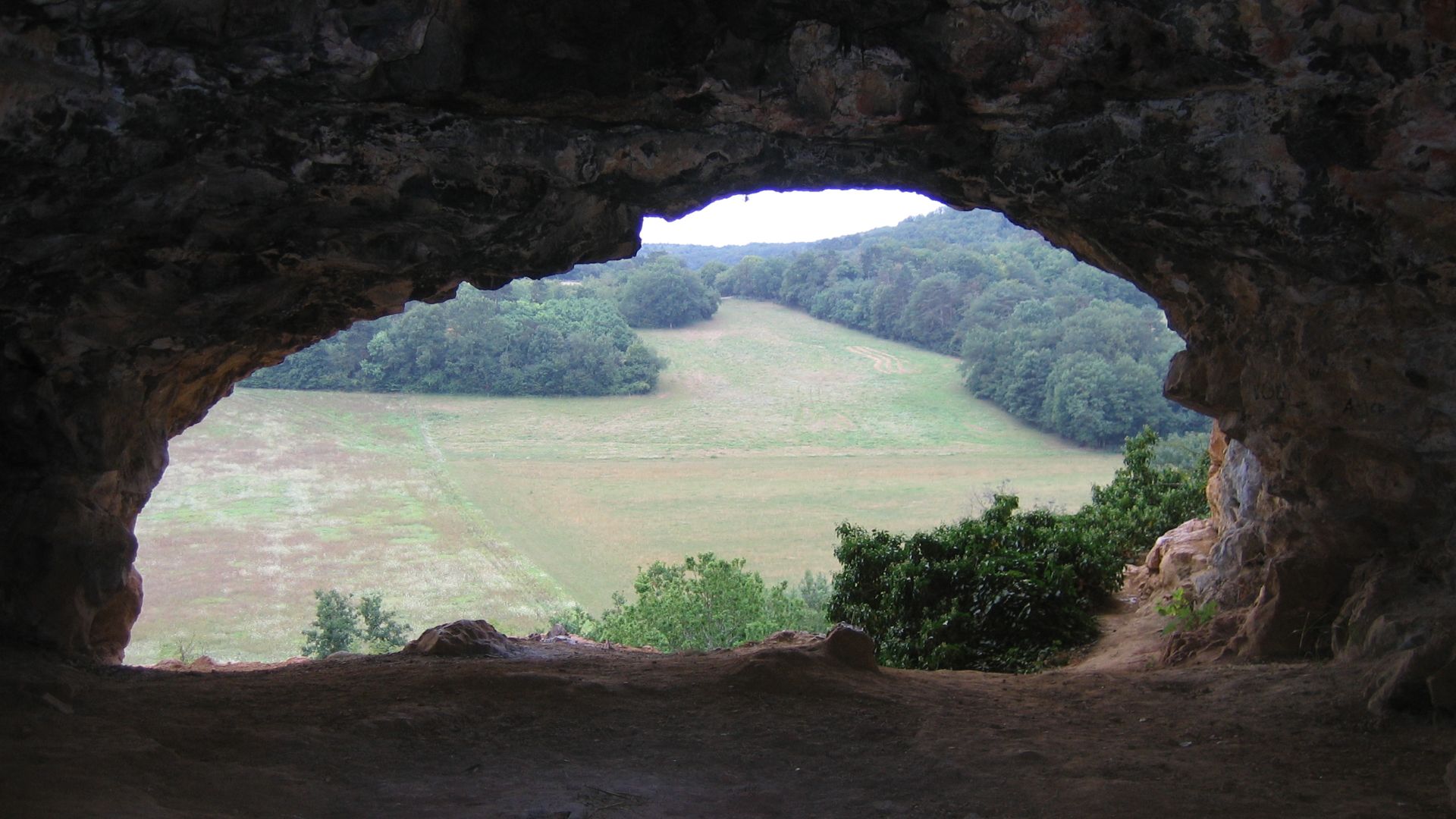 Luke Bales~commonswiki, Wikimedia Commons
Luke Bales~commonswiki, Wikimedia Commons
Protection From Predators
Another compelling theory is that early humans may have used the cave as a defense against predators. The prehistoric terrain was home to large carnivores, such as wolves and bears. The cave’s narrow passageways and deep chambers would have made it difficult for large predators to follow them.
 Beni Ziegler, Wikimedia Commons
Beni Ziegler, Wikimedia Commons
A Ritual Or Spiritual Purpose
The deliberate arrangement of 69 broken stalagmite pieces suggests that prehistoric humans may have conducted rituals or ceremonies in the cave. Many ancient cultures viewed caves as sacred spaces, places where they could connect with the spiritual world or honor their ancestors.
Resource Gathering And Exploration
Caves often contain valuable resources, including minerals, clean water sources, medicinal plants, and even edible fungi. It’s possible that prehistoric humans ventured deep into Saint-Marcel Cave in search of materials they could use for tools, pigments, medication, or sustenance. If early humans discovered such resources, they may have returned repeatedly.
 George Chernilevsky, Wikimedia Commons
George Chernilevsky, Wikimedia Commons
A Test Of Courage And Knowledge
Finally, there’s the possibility that deep cave exploration was a test of skill, bravery, or knowledge. Some ancient societies engaged in rites of passage, where individuals had to prove their strength and resilience. Moving through the dark, treacherous terrain of Saint-Marcel Cave could have been one such challenge.
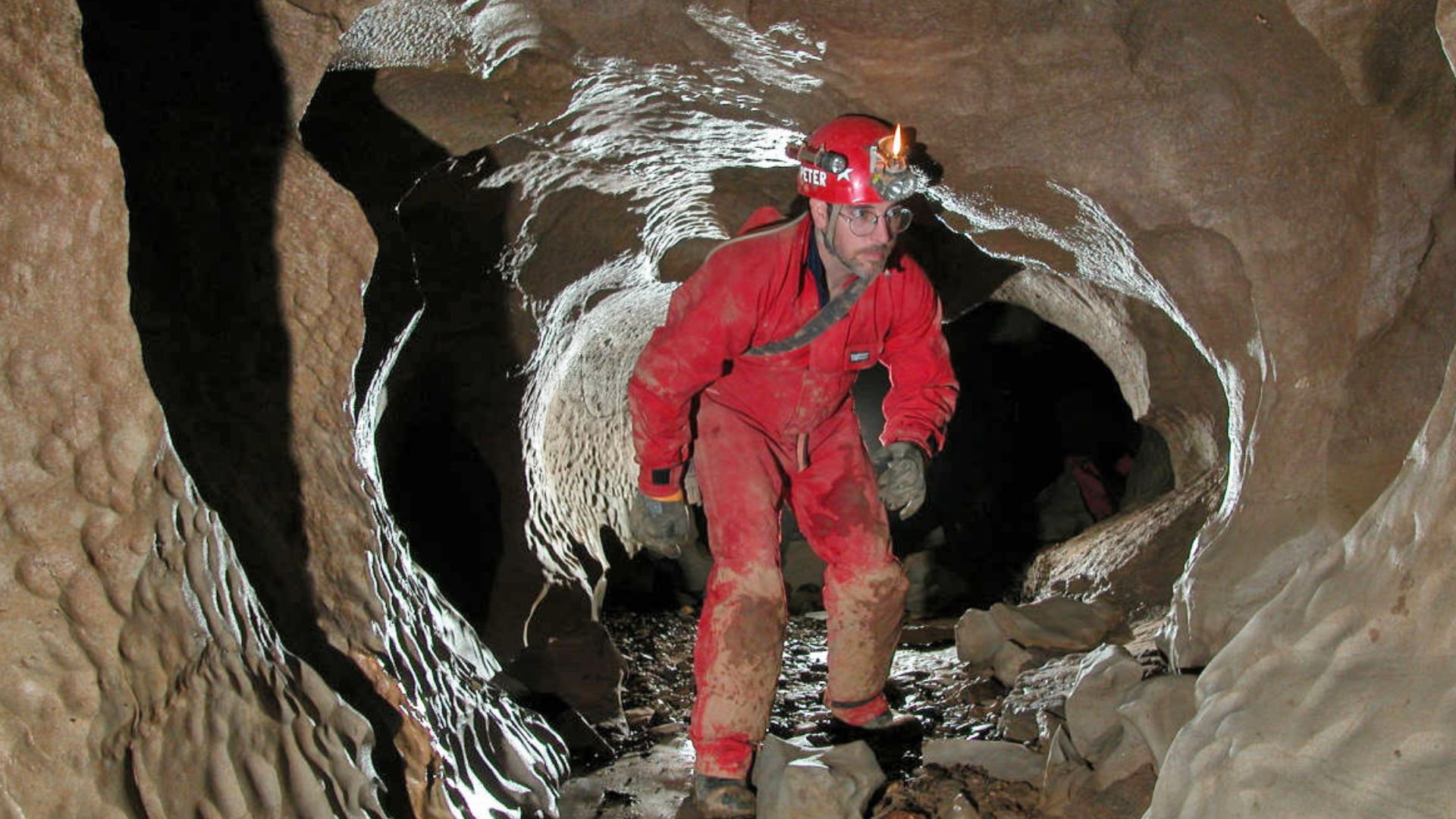 Dave Bunnell, Wikimedia Commons
Dave Bunnell, Wikimedia Commons
Comparisons To Other Prehistoric Cave Discoveries
Saint-Marcel Cave is not the only prehistoric site where humans ventured deep underground. One of the most famous examples is Chauvet Cave, located in southern France. Unlike Saint-Marcel Cave, which shows evidence of structural manipulation, Chauvet Cave is primarily known for its artistic expressions.
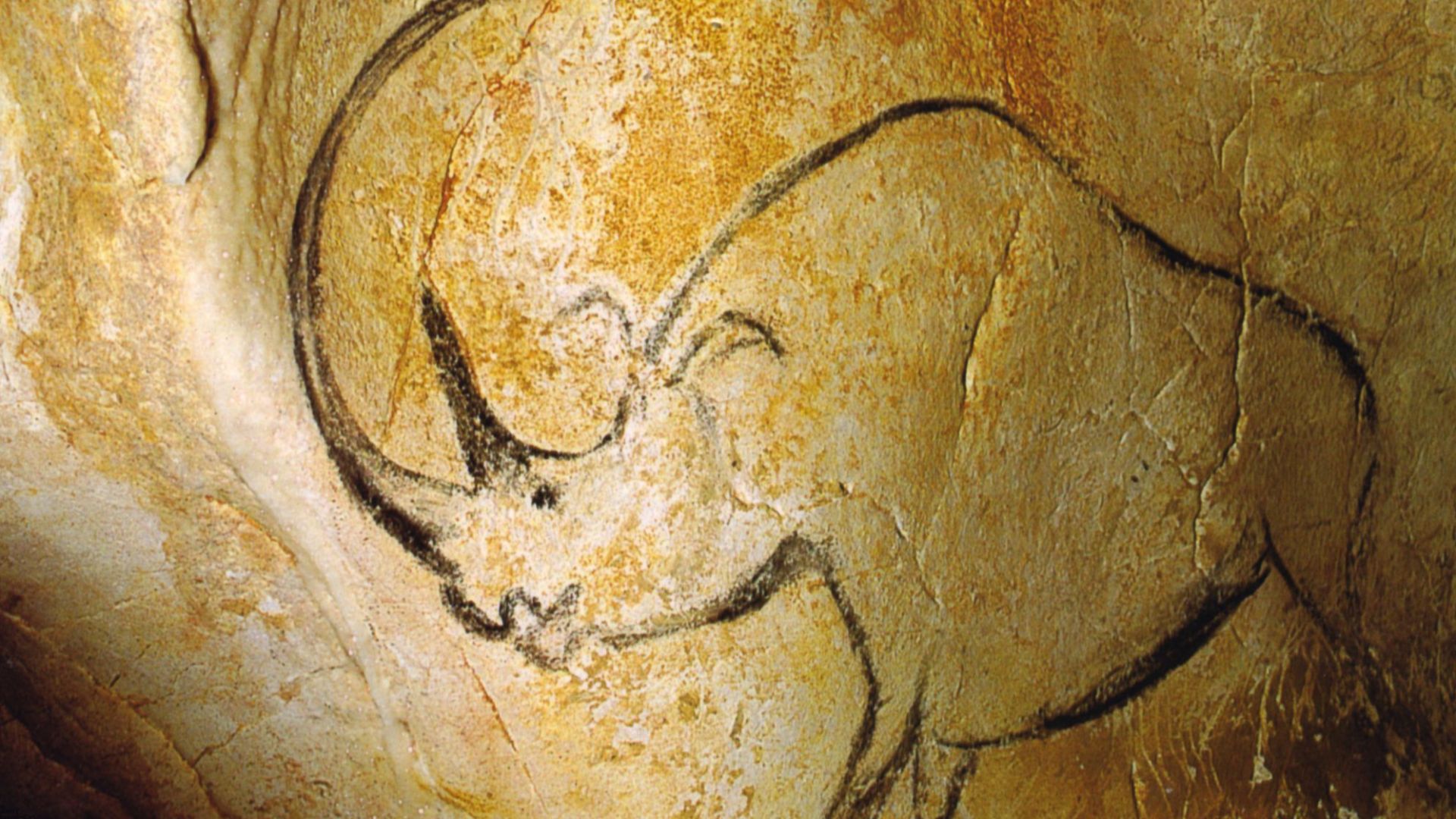 Inocybe at French Wikipedia, Wikimedia Commons
Inocybe at French Wikipedia, Wikimedia Commons
We Might Have It All Wrong
If early humans were capable of all these, what else have we misunderstood? Have entire histories been fictionalized, exaggerated, or misrepresented to fit an outdated view of human development? Perhaps stories of early civilizations need a complete rewrite, moving away from rigid ideas.
The Long-Term Impact Of This Discovery
The findings in Saint-Marcel Cave challenge long-held assumptions about prehistoric societies and their ability to survive. Traditionally, early humans were thought to have avoided deep cave systems, preferring open terrain. However, the evidence of intentional exploration suggests that prehistoric humans were far more adaptable and resourceful than previously believed.
 Charles Robert Knight, Wikimedia Commons
Charles Robert Knight, Wikimedia Commons
A Mystery That May Never Be Solved
Despite these findings, questions remain unanswered. Why did they go so deep? The symbolic nature of the arranged speleothems suggests a cultural or spiritual purpose, but without written records, their true intentions remain a mystery.

